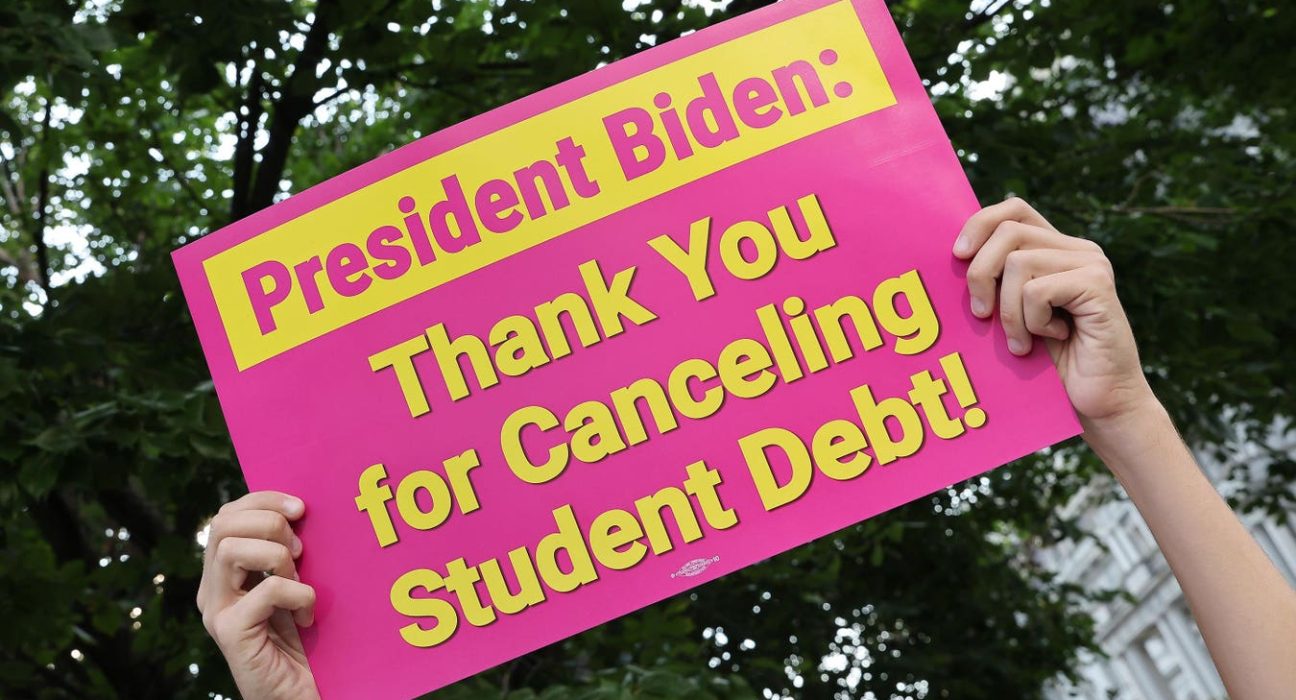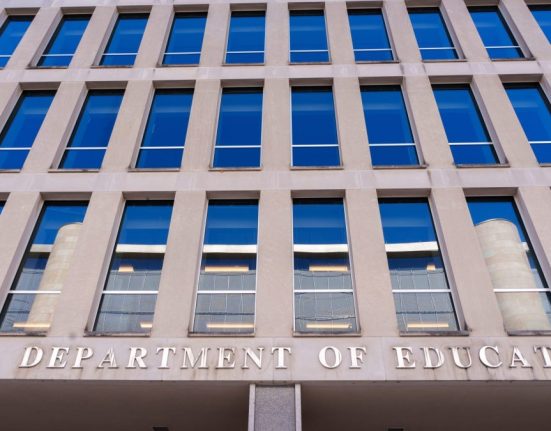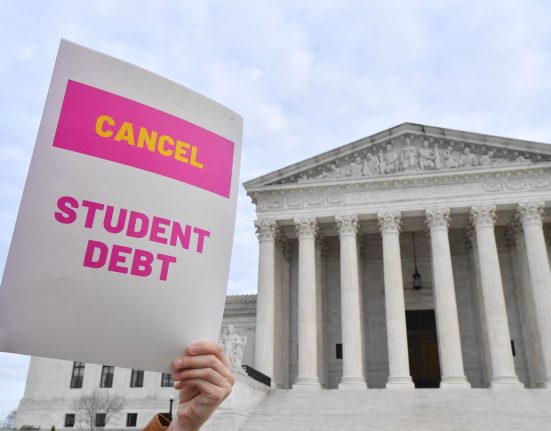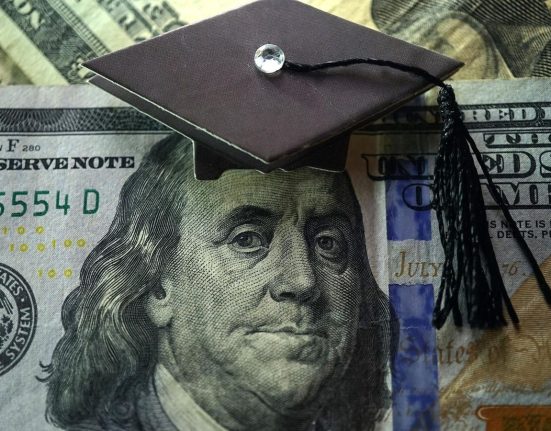Income-driven repayment (IDR), which allows federal student loan borrowers to tie loan payments to their income, has expanded from a niche safety net program to the dominant plan borrowers use to pay back their loans. President Biden recently made IDR plans more generous at a cost of $475 billion, which officials hope will draw more borrowers into IDR. But now it appears that IDR has backfired in some respects, as it may have increased some student borrowers’ risk of delinquency in the long run.
That’s one conclusion of a new study by Tomás Monarrez and Lesley Turner, two economists affiliated with the U.S. Department of Education. The authors have access to a treasure trove of nonpublic data on federal student loan borrowers. Because the Department guards its data so closely, we have surprisingly little evidence on the effectiveness of programs such as IDR—even as policymakers charge ahead with expanding them.
Monarrez and Turner examine student borrowers who first apply for IDR between 2015 and 2018 (before the Covid-19 pandemic brought a three-year pause on student loan payments). At the time, the most popular IDR plans required borrowers to make payments equal to 10 percent of their income above 150 percent of the federal poverty line—a threshold which in 2018 ranged from $18,210 for a single person to $37,650 for a family of four. Borrowers below these thresholds qualify for a $0 monthly payment—and indeed, 36 percent of IDR enrollees in 2018 had to pay nothing. That represents significant relief for borrowers who might otherwise owe $300 or more per month.
For some borrowers, IDR increases long-run delinquency
The catch is that borrowers must recertify their incomes every year to remain enrolled in IDR. If they don’t, scheduled payments jump back up. But if borrowers qualify for a $0 monthly payment, they may become disengaged from the student loan system, or perhaps mistakenly believe that they will never have to repay their loans. If these disengaged borrowers neglect to recertify their incomes, their payments could spike, and they could fall behind.
This is precisely what Monarrez and Turner find. Participation in IDR plans drops around a year after initial enrollment as borrowers fail to recertify. A year and a half after first applying for an IDR plan, less than half of borrowers remain enrolled.
The authors test how $0 payments affect delinquency by comparing borrowers just above and just below 150 percent of the poverty line. Those above the threshold must still make payments, but these are generally small—as little as $10 per month. Meanwhile, borrowers just below the cutoff have $0 payments and can simply put their student loans out of mind for the next year.
For the first 12 months after enrolling in IDR, borrowers with $0 payments do indeed experience a sharp drop in student loan delinquency—though this is mechanical, as you can’t become delinquent if you don’t owe payments. But that effect ends after a year. Fifteen months after they first enroll in IDR, borrowers with initial $0 payments are more likely to be delinquent than the comparison group, which had been making small but nonzero payments the whole time. The delinquency spike for zero-payment borrowers persists for years.
It’s not difficult to see why. Borrowers with a $0 payment simply disengage from the student loan system. Monarrez and Turner find that zero-payment borrowers are less likely to recertify their income relative to the comparison group, and are 60 percent less likely to pay their loans through auto debit.
The $0 payment craze has gone too far
Policymakers have taken steps to improve data-sharing between the Education Department and the IRS, so that the government can automatically recertify many IDR borrowers’ income from year to year. That may help reduce delinquency, so long as borrowers remain eligible for $0 payments.
But incomes tend to rise as people get older, so many borrowers who enjoy a $0 payment in one year will see a nonzero payment in the next. Automatic recertification will not fix that problem, as borrowers who have been disengaged from the student loan system for one or more years due to $0 payments might not reengage once their payments become nonzero. The Biden administration’s changes to IDR will only compound the issue: more than half of the borrowers who have so far enrolled in the administration’s ultra-generous new IDR plan have zero payments.
Rather than slashing payments further, policymakers should enhance the IDR safety net by requiring all borrowers to make a small minimum payment of $25 per month, even if they would technically qualify for a $0 payment under the IDR formula. Even a small monthly payment will keep borrowers engaged with the system and reduce the long-run risk of delinquency. Such a simple change will help the student loan safety net work for more borrowers, without a hefty price tag.
Follow me on Twitter.







